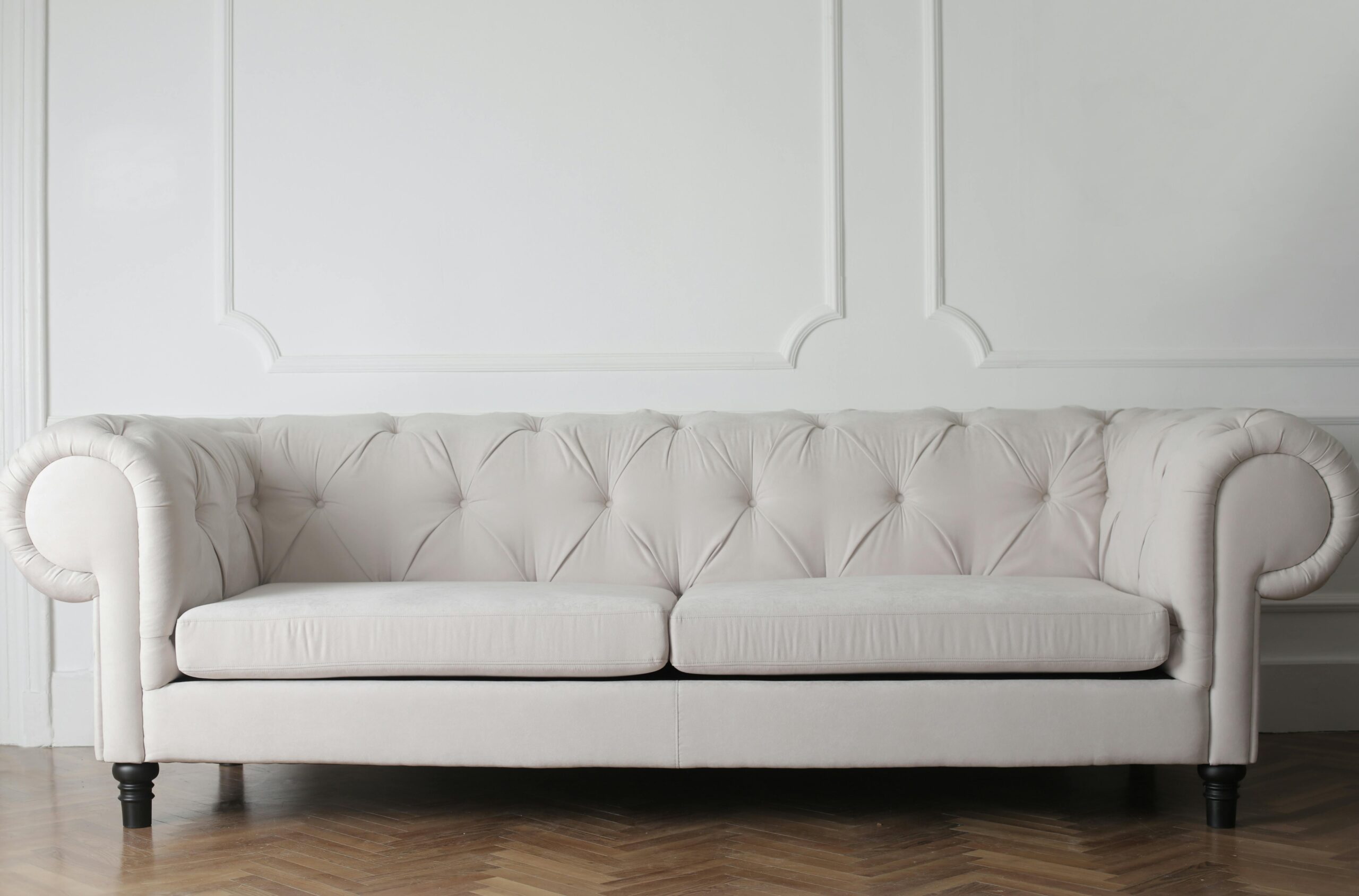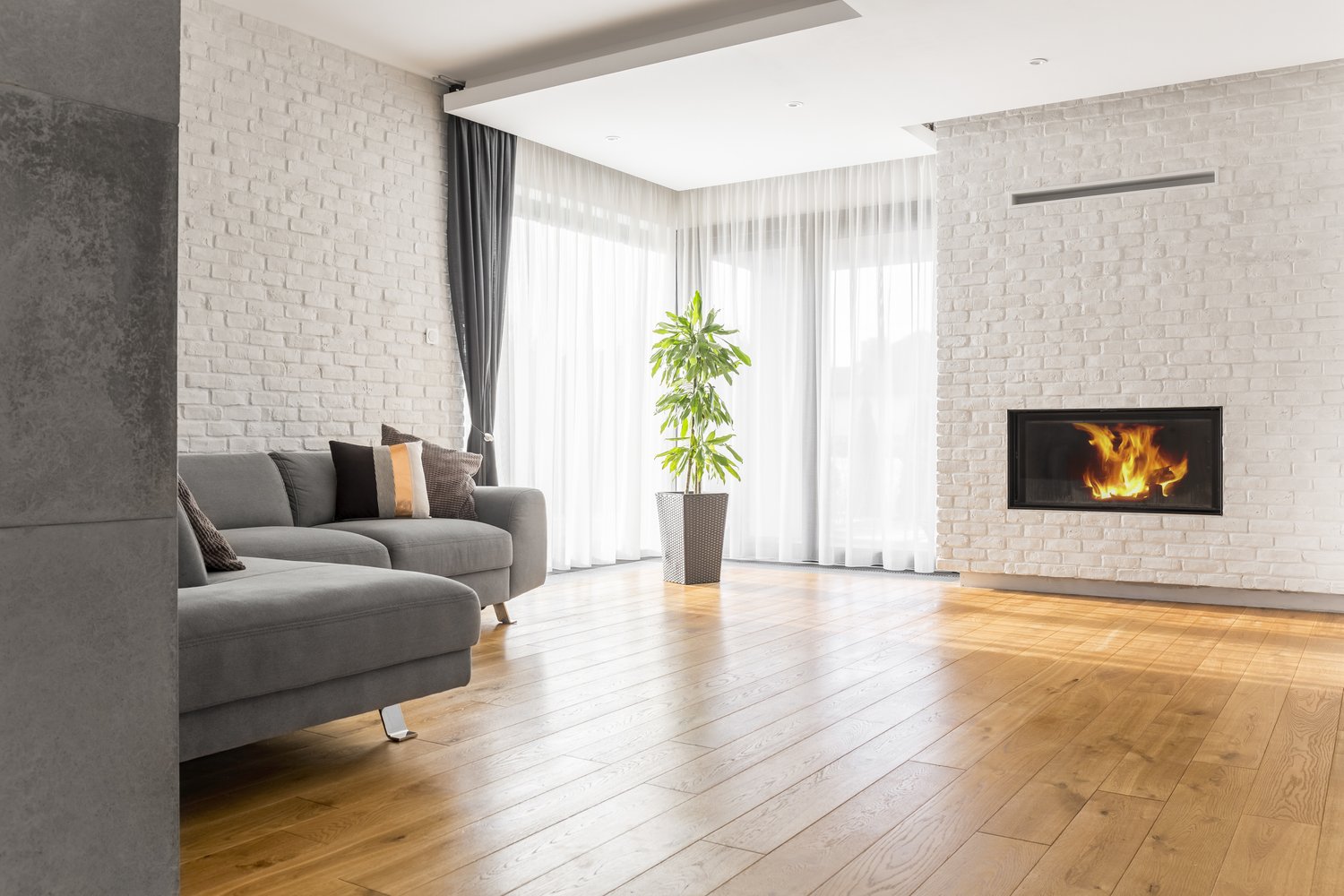Your upholstered furniture sees daily use, collecting everything from food crumbs to pet hair, body oils, and various spills along the way. Knowing how to properly clean sofa fabric and chairs can extend their life and keep your living spaces looking fresh. This comprehensive guide will walk you through identifying fabric types, choosing appropriate cleaning methods, removing stubborn stains from your couch, and deciding when professional help might be worth the investment. With these upholstery cleaning tips, you’ll be able to maintain your furniture’s appearance and hygiene with confidence.
Understanding Upholstery Fabric Types
Before attempting any cleaning, it’s crucial to identify what type of upholstery you’re working with. Most furniture comes with a cleaning code tag, usually found underneath cushions or on the bottom of the furniture. The code “W” indicates water-based cleaners are safe, “S” means solvent-based cleaners only, “WS” allows for both water and solvent cleaners, and “X” signifies professional cleaning only or vacuuming. Microfiber, cotton, linen, wool, leather, and synthetic blends each require specific care approaches.
Natural fabrics like cotton and linen can generally handle water-based cleaners but may shrink if overly saturated. Synthetic materials like polyester and nylon tend to be more stain-resistant but can be damaged by harsh solvents. Delicate fabrics such as silk or velvet typically fall under the “X” category and require professional attention. When in doubt about how to clean sofa fabric properly, always test any cleaning solution on an inconspicuous area first.
Essential Upholstery Cleaning Tips for Routine Maintenance
Regular maintenance significantly reduces the need for deep cleaning. Weekly vacuuming with an upholstery attachment removes surface dust and debris before it settles deeply into fibers. For microfiber couches, a soft brush attachment works best to prevent damage to the fine fibers. Remember to vacuum in the crevices and under cushions where crumbs and debris accumulate most.
Steam cleaning represents another excellent maintenance option for water-safe fabrics. The high temperature kills dust mites and bacteria without harsh chemicals. For leather furniture, regular dusting and occasional conditioning with appropriate leather products prevents cracking and maintains suppleness. As recommended by AskHomey, rotating cushions monthly ensures even wear and extends the life of your upholstery, particularly in high-traffic seating areas.
How to Remove Stains from Your Couch
When accidents happen, knowing how to remove stains from your couch quickly can prevent permanent damage. For water-safe fabrics, blot (never rub) the spill immediately with a clean, white cloth to absorb as much liquid as possible. For protein-based stains like blood or food, cold water works better than hot, which can set the stain.
For oil-based stains, sprinkle baking soda or cornstarch to absorb the oil before vacuuming it away. Then treat the area with an appropriate cleaner based on your fabric code. Wine and coffee stains respond well to a mixture of dish soap, white vinegar, and warm water on W-code fabrics. For S-code fabrics, a dry-cleaning solvent applied according to the product instructions usually yields the best results.
For stubborn stains that don’t respond to home treatments, specialized upholstery cleaners designed for your specific fabric type may be necessary. Always work from the outside of the stain toward the center to prevent spreading, and allow the area to dry completely before using the furniture again.
DIY Deep Cleaning Solutions
Twice yearly deep cleaning refreshes upholstery and removes accumulated oils and dirt. For W-code fabrics, a homemade solution of 1/4 cup mild dish soap mixed with one cup warm water, whipped to a foam, can be applied with a soft brush. Work in small sections, cleaning with the foam rather than saturating the fabric, and wipe away residue with a damp cloth.
For S-code fabrics, commercial dry-cleaning solvents work best. Microfiber couches can be revitalized using rubbing alcohol applied with a spray bottle and a white sponge, followed by a light brushing to restore the nap. Leather requires specialized leather cleaners followed by conditioning to maintain its supple texture and prevent drying out.
For odor removal, baking soda sprinkled liberally across the surface, left overnight, and vacuumed thoroughly in the morning works wonders. This approach is particularly effective for pet odors and general mustiness that can develop over time.
When to Consider Professional Upholstery Cleaning
Despite your best efforts, sometimes professional cleaning becomes necessary. The professional upholstery cleaning cost typically ranges from $100-$200 for a standard sofa, with additional chairs costing $30-$50 each. While this represents a significant investment, professional services offer several advantages over DIY methods.
Professionals have access to industrial equipment that provides deeper cleaning and faster drying times. They also possess expertise in handling delicate fabrics and stubborn stains without causing damage. For antique furniture, heirloom pieces, or expensive upholstery, the professional upholstery cleaning cost is usually justified by the results and reduced risk of damage.
Most experts recommend professional cleaning every 12-24 months, depending on usage, presence of pets or children, and whether anyone in the household suffers from allergies. Many companies offer preventative treatments that can help repel future stains, potentially extending the time between professional cleanings.
For more tips and to connect with reliable home service professionals, follow AskHomey on Facebook and Instagram.



